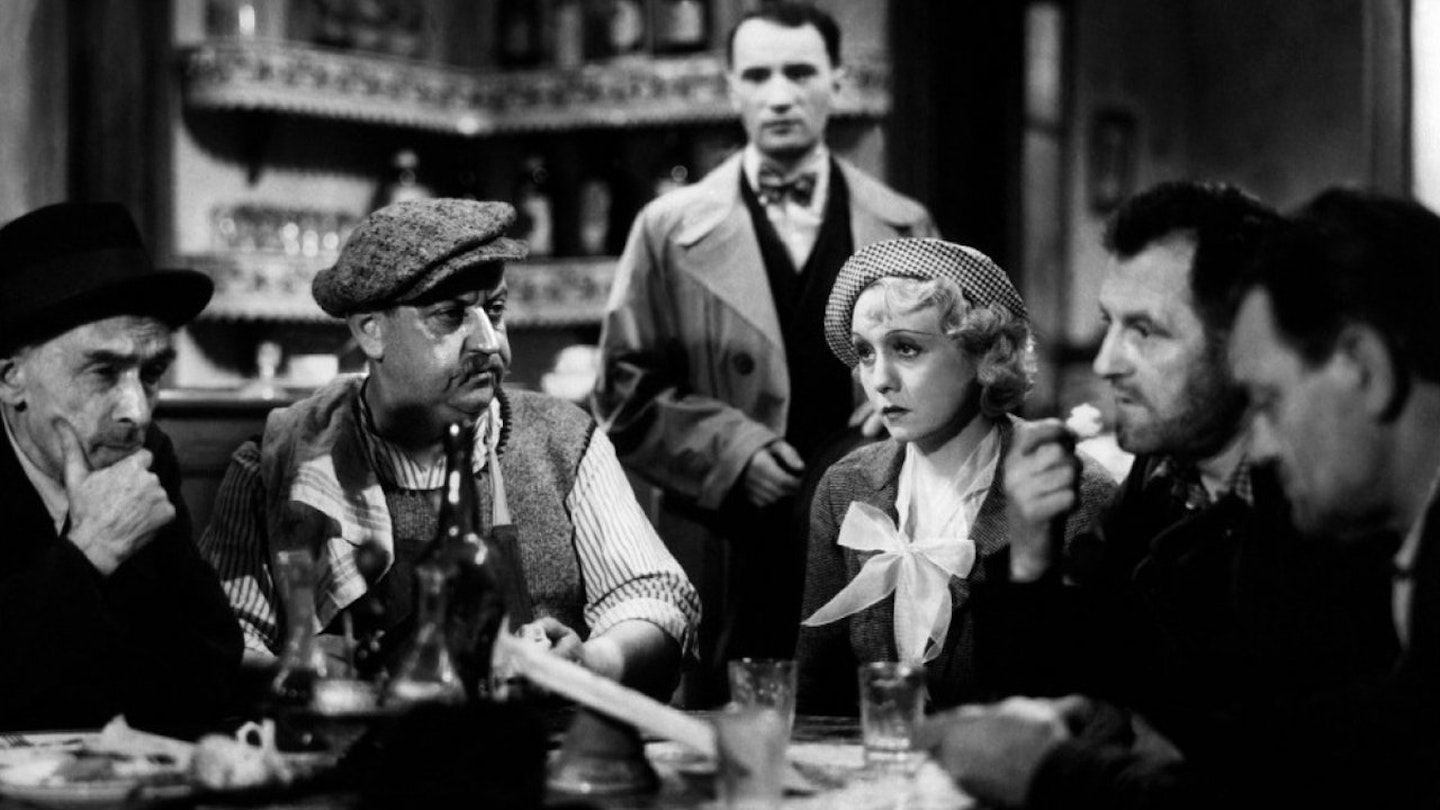Having returned from Italy, where he had laid the foundations of neo-realism with Toni, Jean Renoir assumed the reins of a project named Sur la Cour, which had been been conceived by Catalan artist Jean Castanier as a project for Renoir's three-time assistant director, Jacques Becker. However, this was very much a collaborative affair and although Jacques Prévert was brought in to polish the screenplay, many scenes were improvised during the 28-day shoot by a cast that included several members of the left-wing theatrical troupe, Groupe Octobre.
Capturing the informality and optimism of the Popular Front era, when a coalition government seemed to have the answers to France's domestic and diplomatic problems, this is an unashamedly political film. Yet, apart from its championing of the co-operative spirit, its message is never propagandised. Indeed, Renoir is more interested in character and community than in rhetoric or narrative and he once claimed that the story would make an excellent basis for a musical, in which everyone had an aria describing how their profession contributed to the general good.
But, this underrated feature remains closer in tone to a Western. It begins on the Belgian frontier, as the locals recognise Lange from a wanted poster, before settling into a prolonged flashback about socio-economic pioneers, which ends with Lange gunning down the baddy (who is one of the few wholly unsympathetic characters in Renoir's humanist canon).
The closing sequence returns to the border to show Lange and Valentine (Odette Florelle) crossing to presumed happiness, just as the killer in La Chienne got away with their crime. But, the film also harks back to Boudu Sauvé des Eaux, in which Michel Simon was similarly allowed to escape his life sentence. Indeed, Renoir reinforced the link with the 360° pan before Lange shoots Batala, which recalled Boudu's view of the countryside before he slipped into the River Marne.
